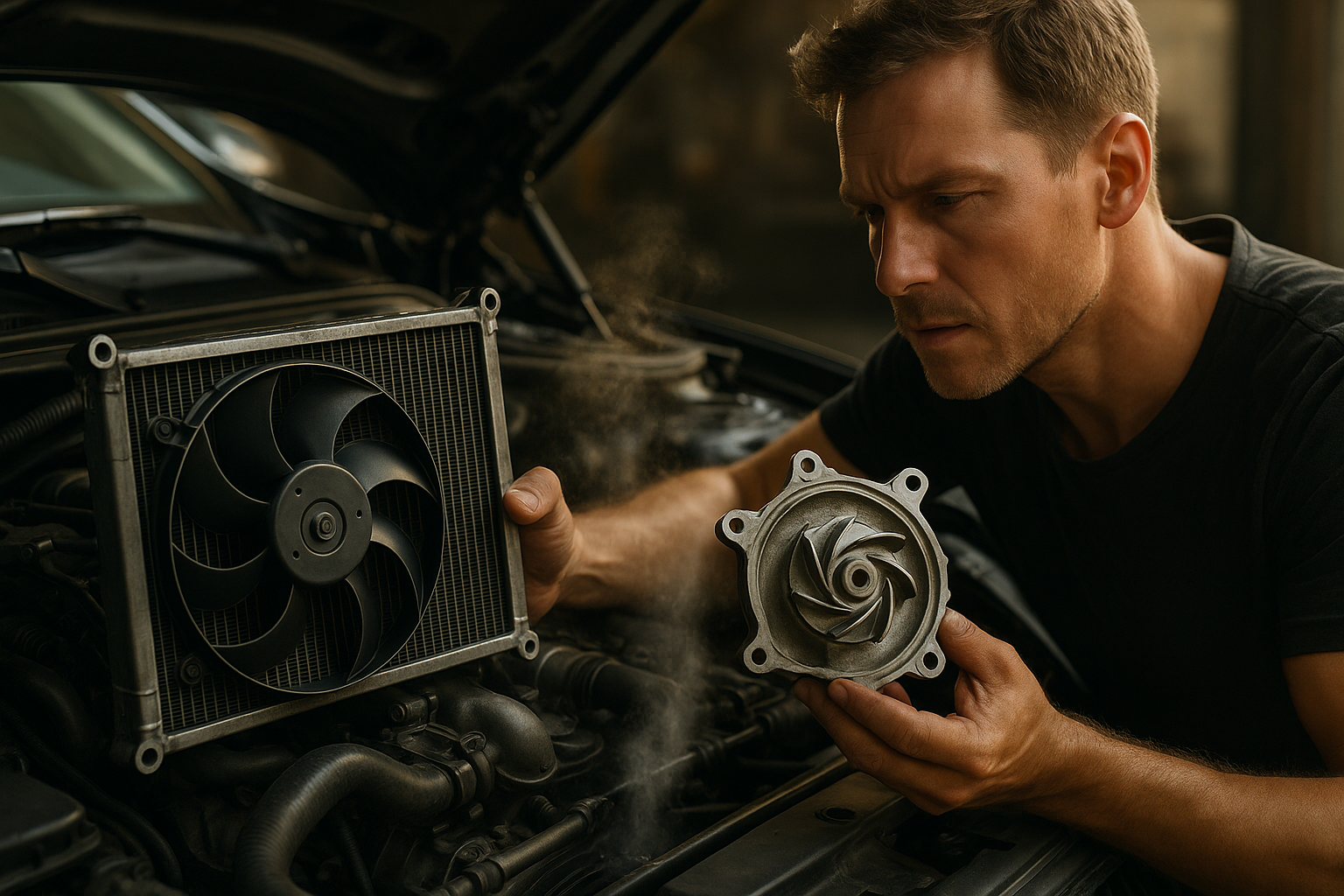Warranty implications of using non-original components
Using non-original components in a vehicle can affect warranty coverage in several ways. This article outlines the common factors manufacturers and insurers consider, such as compatibility, certification, installation, and traceability, and explains how these influence claims and expected lifespan of repaired systems.

Using non-original components in a vehicle can change how a warranty is applied and interpreted. Manufacturers and independent warranty providers typically review whether a replacement part met the required compatibility and fitment for the vehicle, whether the materials and construction met acceptable standards, and whether proper installation and inspection procedures were followed. This opening paragraph summarizes core concerns—compatibility, certification, testing, installation, and traceability—that often determine whether a warranty claim is accepted or denied.
How does compatibility affect warranty?
Compatibility is a primary consideration when assessing warranty claims after non-original components are used. If a replacement part does not match the original specifications for electrical connectors, sensor outputs, tolerances, or software integration, subsequent failures may be attributed to that mismatch. Warranty language often focuses on whether the non-original component caused or contributed to the damage. To support a claim, documentation showing that the part was compatible with the vehicle model and that no incompatibility caused the issue can be important. Professional inspection reports that address functional compatibility are commonly requested during claim reviews.
Can fitment issues void a warranty?
Fitment relates to how well a component physically and functionally integrates with the vehicle. Poor fitment—incorrect mounting points, misaligned interfaces, or improper seals—can cause immediate mechanical wear or fluid leaks, and insurers or manufacturers may cite these as the proximate cause of damage. If a warranty excludes coverage for damage arising from improper fitment or aftermarket modifications, the existence of a poor fit can lead to denial of related claims. Conversely, if fitment is proven correct and the aftermarket part meets performance standards, warranty obligations may remain intact for unrelated failures.
Do materials and durability matter?
Materials and durability are central to assessing the expected lifespan of a component and whether its failure is premature. Manufacturers use specific alloys, composites, and treatments to meet longevity targets; non-original parts may use different materials that affect wear rates, fatigue life, or corrosion resistance. Durability testing or certificates from the part maker can help demonstrate equivalence. When failures are due to inferior materials or accelerated wear, warranty evaluators commonly link the cause to the non-original component, especially if the part lacks documented testing or fails inspection for material quality.
Are certification and testing required?
Certification and testing provide objective evidence that a component meets defined standards. Certifications can include industry standards, performance test results, or third-party validation. In many warranty frameworks, certified parts or those that have undergone standardized testing are treated more favorably. Lack of certification does not automatically void a warranty, but it makes establishing equivalence harder. Claim reviewers often look for testing data—fatigue cycles, thermal resilience, or electrical compatibility—to decide whether the aftermarket component should have been expected to perform comparably to the original.
How do installation and inspection influence claims?
Installation quality and post-installation inspection have a direct bearing on warranty outcomes. Even a compatible, certified component can cause problems if installed incorrectly—loose fasteners, improper torque settings, incorrect routing of hoses, or software mismatches. Many warranties require repairs to be performed by accredited technicians or to meet specific installation standards. Documentation of the installer’s qualifications and inspection reports that show correct installation practices can help preserve warranty coverage. Conversely, evidence of poor installation commonly shifts liability to the installer or the part used.
Does traceability affect lifespan and compliance?
Traceability—records that connect a component to its manufacturer, batch, and testing history—helps evaluators judge compliance and predict lifespan. Serialized parts or traceable supply chains allow for targeted recalls and help establish whether a specific batch was defective. Without traceability, it becomes harder to prove a part’s provenance or quality controls, which complicates warranty decisions. Regulators and insurers increasingly expect traceable documentation for compliance purposes, especially for safety-critical systems, where lifespan and performance must be demonstrable.
Warranty policies vary in wording and enforcement, but common themes emerge: compatibility, fitment, materials, certification, testing, installation, inspection, and traceability are the practical factors that influence claim outcomes. Owners and repairers can reduce dispute risk by keeping documentation—purchase receipts, test certificates, installer qualifications, and inspection reports—and by choosing parts and services that provide verifiable compliance data. Understanding how these elements interact with the specific terms of a vehicle’s warranty is essential to assessing potential exposure and expected lifespan of repaired systems.
Conclusion
Using non-original components does not automatically negate a vehicle’s warranty, but it does change the parameters of assessment. Warrantors typically evaluate whether the component and its installation caused or contributed to the failure, relying on evidence of compatibility, fitment, materials quality, certification, testing, inspection, and traceability. Clear documentation and professional installation improve the chances that unrelated warranty coverage will remain intact, while missing or poor-quality evidence often leads to denial or limitation of claims.





